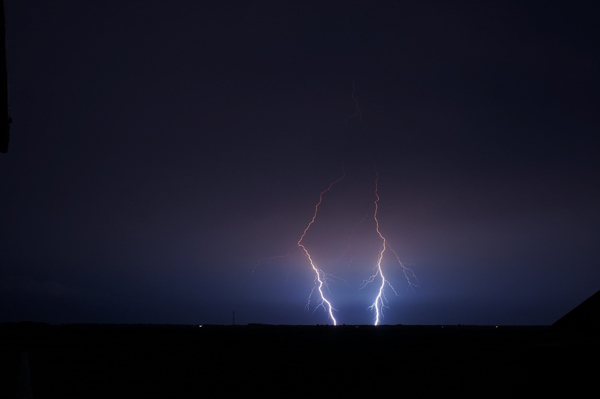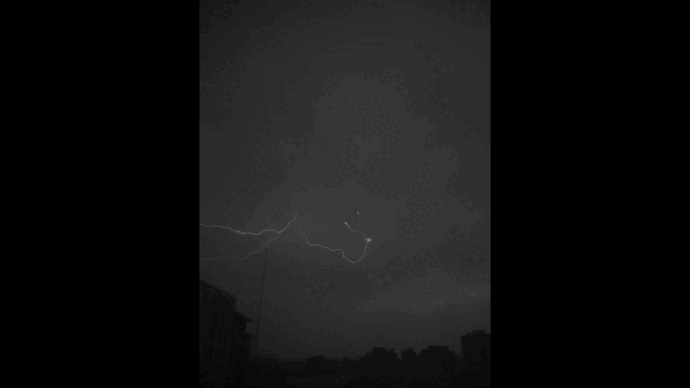Large-scale circulation anomalies are a key factor in the transportation of water vapor and changes in climate. For tropical and subtropical regions, an atmospheric circulation field not only determines the characteristics of the weather situation but also influences the atmospheric circulation in the middle and high latitudes, as well as the global climate, through the transport of energy and angular momentum. At the same time, whilst lightning can serve as a global tropical "thermometer" and an indicator of water vapor in the upper troposphere, the driving role of the circulation situation for it needs to be further analyzed.
In a paper recently published in
Atmospheric and Oceanic Science Letters, Prof. QIE Xiushu and Dr. XU Mingyi from the Key Laboratory of Middle Atmosphere and Global Environment Observation (LAGEO), Institute of Atmospheric Physics (IAP) at the Chinese Academy of Sciences, attempt to address this issue. They present new evidence for El Nino–Southern Oscillation (ENSO) correlating well with following-summer cloud-to-ground lightning in China.
Firstly, the time-lagged correlation between monthly cloud-to-ground lightning anomalies over China's land areas (2010–20) and the Oceanic Nino Index (the main index for tracking the oceanic part of ENSO) was analyzed.
"Interestingly, the correlation coefficients, which were statistically significant at the 90% confidence level, revealed good correlation between ENSO and subsequent cloud-to-ground lightning in China. In addition, the ENSO phenomenon—especially La Nina events—correlate well with subsequent cloud-to-ground lightning flashes in land areas of China. When the sea surface temperature anomaly caused by ENSO is more obvious, the spatial distribution characteristics of cloud-to-ground lightning are also more obvious," explains Prof. QIE Xiushu.
Double-termination negative cloud-to-ground lightning captured by high-resolution camera in Binzhou, Shandong province of China.(Image by LAGEO)
When the sea surface temperature of the East Pacific Ocean and Indian Ocean warms abnormally and the sea surface temperature of the Northwest Pacific becomes abnormally cold, a cyclonic circulation is stimulated over the Yellow Sea, East China Sea, and tropical West Pacific region of China, thereby enhancing the easterly wind on the north side and the westerly wind on the south side, bringing water vapor from the Northwest Pacific to North China and Northeast China.
Lightning hit 325-m IAP Meteorological Tower on April 28, 2023. (Video taken by LAGEO)
Affected by the abnormally high pressure, the corresponding cloud-to-ground lightning activities in North China and Northeast China are weak. However, the water vapor then moves southwards, where it converges with water vapor derived from the Bay of Bengal in South China, and ascending motion strengthens here, thus enhancing the cloud-to-ground lightning activity of this area. As the water vapor continues to move southwards, the water vapor divergence and descending motion in southern Guangdong give rise to weak cloud-to-ground lightning activities there.
"Therefore, the ENSO phenomenon might serve as a climatic driver of subsequent cloud-to-ground lightning activity occurring over the land areas of China," adds Dr. XU.
Citation:
Mingyi Xu, Xiushu Qie, Chenxi Zhao, Shanfeng Yuan, Ji Li, Yuyu Tao, Guangyu Shi, Wenjing Pang, Lijuan Shi, 2023. Distribution of lightning spatial modes and climatic causes in China. Atmospheric and Oceanic Science Letters 16(2), https://doi.org/10.1016/j.aosl.2023.100338.
Media contact:
Ms. LIN Zheng
Email: jennylin@mail.iap.ac.cn
Tel: 86-10-82995053
http://english.iap.cas.cn/


